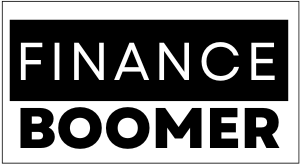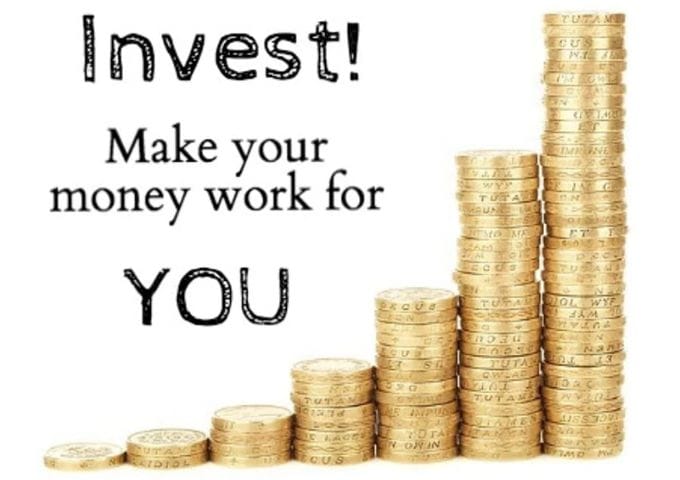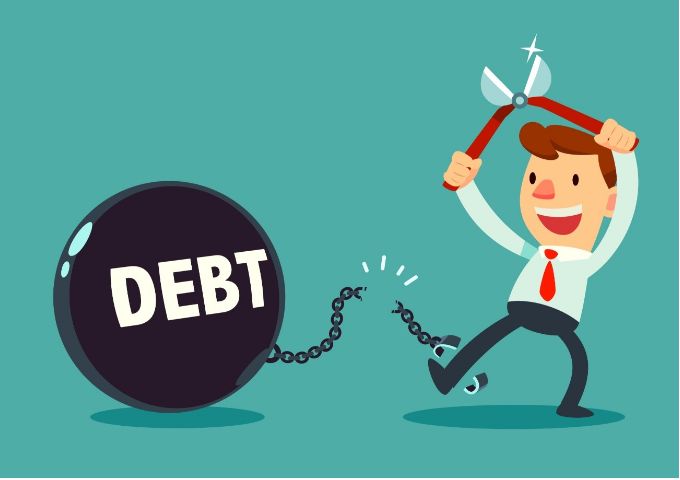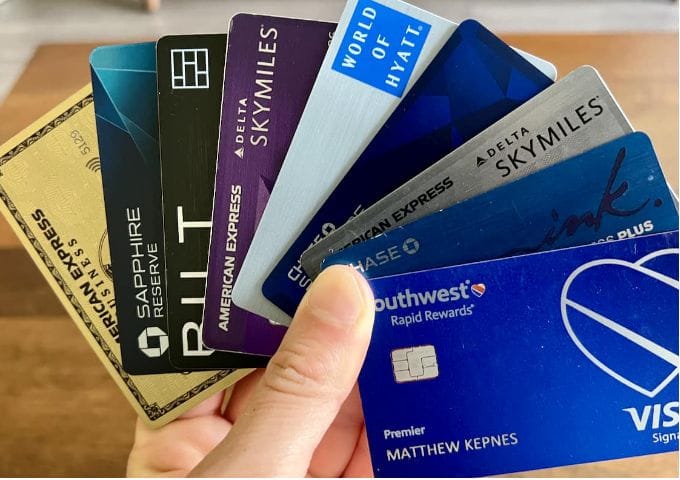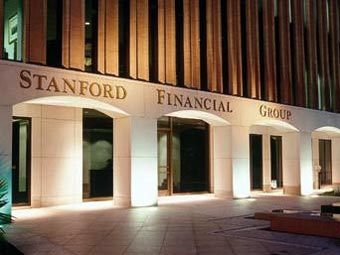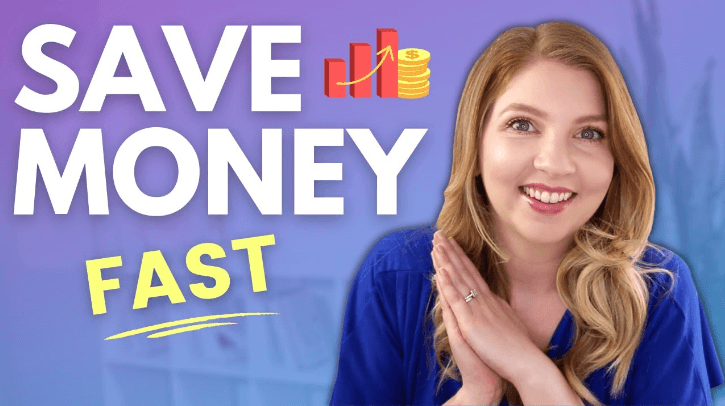Wealth Management: How To Manage Your Money Like The 1%
I’m going to share with you the 75115 rule, which will help you accumulate wealth no matter how much money you make, if you want to handle your finances like the top 1%. This is a method that adjusts to your annual income, be it $10,000 or $1 million.No matter your earnings, you’re always going to follow these three steps.
75% for Living Expenses: Control Your Spending
For every dollar that you earn, 75% (or 75 cents) is the maximum amount you can spend on things like housing, food, vacations, or whatever else you want. If you can spend less than 75% of your income, that’s fantastic! The beauty of the 75% limit is that it gives you flexibility and encourages you to do two key things.
Look for Cheaper Alternatives
It first compels you to go for less expensive options, such going with standard petrol instead of premium or Aldi instead of Whole Foods. Rich people frequently follow this rule. After launching my own company and connecting with other business owners, I came to this realisation. One unexpected incident occurred at a post-event supper where millionaires were calculating how to split the bill down to the last cent and requesting happy hour specials.
Focus on Value
The 75% constraint therefore compels you to concentrate on value. It’s likely that you’ve heard recommendations to put money aside for investments rather than on little indulgences like coffee. However, if a $5 coffee boosts your productivity and lowers your stress level, the benefits will exceed the expense. Rather than reducing minor expenditures, concentrate on managing major purchases, such as televisions or cars, which only provide fleeting joy.
10% for Savings: Build Your Cushion Fund
The “10” in the 75115 rule refers to saving at least 10% of your income for emergencies. A 2022 study found that 56% of Americans can’t afford an unexpected $1,000 expense. This is where the cushion fund comes into play.
Creating Your Cushion Fund
Think of your cushion fund as a reserve set aside for true emergencies. For instance, I was in a terrible car accident years ago that left me with a $115,000 repair bill. I was stressed about how to pay for it until I remembered my cushion fund.
How Much to Save
To determine how much you need in your cushion fund, tally up your monthly expenses and multiply by five. If your expenses are $2,000, your cushion fund goal should be $10,000. I built a savings goal tracker to help speed up this process, and I’m offering it for free.
Where to Store It
It’s essential to store your cushion fund in a high-yield savings account (HYSA). Traditional accounts offer paltry returns, but HYSAs can give you up to 4% APY, helping you grow your money faster. Once you’ve saved five months’ worth of expenses, stop saving and keep that 10% for the next step.
15% for Investments: Grow Your Future Wealth
The “15” in the 75115 rule refers to investing at least 15% of your income for your future. This step is crucial for building long-term wealth, and there are two types of accounts you should focus on for tax optimization.
Invest in a Roth IRA
A Roth IRA allows your earnings to grow tax-free. When you retire, you won’t pay taxes on your withdrawals. You can contribute up to $7,000 annually (or $8,000 if you’re over 50), but remember that the money must come from earned income. Once the account is open, transfer money from your bank account and don’t forget to invest it in something like index funds.
Invest in a 401(k)
Another tax-advantaged plan that most businesses offer is a 401(k). Pre-tax money is used for contributions, and many employers match employee contributions (often up to 5%). If your workplace provides this, take advantage of it since it’s like free money.
Investing: How to Make Your Money Work for You
Index funds and ETFs (Exchange Traded Funds) are easy and efficient options if you’re not sure where to invest. Investing in these funds lets you own a modest stake in hundreds of firms rather than selecting individual stocks. Over time, this diversity provides steady profits while lowering risk.
The Reasons Rich People Invest in Property
Possession of assets, not simply labour, is the foundation of wealth. With just $60,000 in contributions, you could build a portfolio worth $1.4 million if you invest $100 each month for 50 years at a 10% return. The majority of affluent people are aware of this, which is why they put investing ahead of saving.
Conclusion: The 75115 Rule in Action
By following the 75115 rule—spending a maximum of 75% of your income, saving 10%, and investing 15%—you can build wealth no matter how much you earn. Focus on value, save for emergencies, and invest for your future. This system not only offers financial security but also gives you the freedom to enjoy your money responsibly.
Frequently Asked Questions
1. What is the 75115 rule, and how does it work?
The 75115 rule is a simple system that helps you manage your money by dividing your income into three categories:
- 75% of your income should be the maximum you spend on everyday living expenses, like housing, food, and other needs.
- 10% should go into savings, specifically for emergencies (your cushion fund).
- 15% should be invested in accounts like a Roth IRA or 401(k) to help build your long-term wealth.
The idea is to make sure you’re not overspending and are consistently saving and investing for your future.
2. Why should I limit my spending to 75% of my income?
Living within your means is required by the 75% rule, but it also allows you some leeway. You can prevent overspending and have money left over for savings and investments if you adhere to this spending cap. It pushes you to consider your options thoroughly and prioritise worth over just giving up tiny pleasures.
3. How do I build an emergency cushion fund?
Start by calculating your monthly expenses, then aim to save enough to cover five months of those expenses. For example, if your monthly expenses are $2,000, your cushion fund goal should be $10,000. This fund is only for true emergencies—think car accidents, medical emergencies, or unexpected major repairs—not for vacations or spontaneous purchases.
4. Where should I keep my cushion fund?
Instead of keeping your savings in a regular bank account, you should store your cushion fund in a high-yield savings account (HYSA). HYSAs offer much higher interest rates than traditional accounts, so your money can grow faster while still being easily accessible when you need it.
5. When should I stop saving and start investing?
Stop adding to your cushion fund once you’ve saved enough (usually five months’ worth of spending). After that, invest the 10% of your salary that you were saving in a 401(k) or Roth IRA. These accounts offer substantial tax benefits and can help your money grow over time.
6. What’s the difference between a Roth IRA and a 401(k)?
A Roth IRA is an individual retirement account where your money grows tax-free. You pay taxes on your contributions now, but withdrawals in retirement are tax-free.
A 401(k) is typically an employer-sponsored retirement account, where contributions are made with pre-tax dollars. You’ll pay taxes on the money when you withdraw it in retirement, but many employers also offer matching contributions, which is essentially free money.
7. Why should I invest in index funds or ETFs?
Index funds and ETFs are great for beginner investors because they provide instant diversification. Instead of buying individual stocks, which can be risky, you own small pieces of many different companies. These funds track the performance of a whole index, like the S&P 500, and have historically provided steady returns over time.
8. How much should I invest, and how often?
You should aim to invest at least 15% of your income for the long term. The more consistent you are, the better. Even if you can only invest a small amount each month, like $100, the compounding returns over time can turn small contributions into a significant nest egg.
9. How can I cut down on spending without sacrificing the things I enjoy?
Rather than cutting out small pleasures like coffee or takeout, focus on the bigger expenses. For example, consider whether you really need a new car or if you could be just as happy driving your current one. By evaluating the long-term value of your purchases, you can cut back in areas that won’t diminish your day-to-day happiness.
10. What’s the biggest mistake people make when managing their money?
One of the biggest mistakes is not investing early enough. Many people focus on saving and think that’s enough, but wealth is truly built through owning assets. Without investing, you miss out on the growth potential that comes from compounding returns over time.
